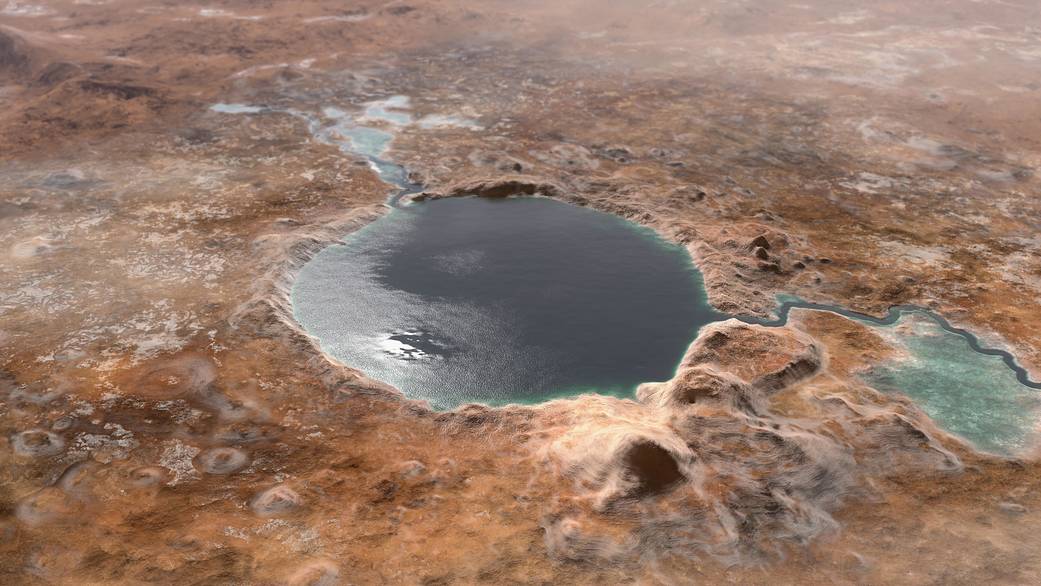We are extremely interested in the possibility of water on Mars, because where there’s water, there’s the potential for life. But a new study throws a bit of a wet blanket (pun intended) on that tantalizing possibility. Unfortunately, it looks like even the saltiest of brines can only exist on the Martian surface for up to a few hours at a time.
Water is a very tricky thing to keep in a liquid state. Despite the fact that it’s the most common molecule in the universe, it’s almost always frozen as ice or evaporated into a gas.
Usually, liquid water needs something to hold it in and keep it in the right pressure and temperature regime. On Earth, we have a thick atmosphere, and some moons of the outer solar system have thick icy shells.
But Mars has neither, and so while it had abundant water on its surface billions of years ago, there’s likely nothing left. Still, astronomers have been searching for any hints of moisture on the surface, especially in the form of brines: super-salty solutions that have enough added chemicals to keep the water in a liquid state, despite the extremely low pressures and frigid temperatures.
While those searches have come up inconclusive, Earth-bound scientists have turned to ways to test the possibility: building Mars simulation chambers, like the one at the University of Arkansas.
Combining data from those simulations and maps of total sunlight across the face of Mars, researchers have delivered some grim news: brines don’t like it on the red planet, either.
After taking into account all the possible phase changes of water, including freezing, melting, and evaporating, the researchers found that previous studies uniformly overestimated the stability of brines. At most, even in the mid-latitudes where the chances are highest, brines can survive on the surface for only up to 12 hours.
That’s not even a full day. If there is life on Mars, it’s not exactly having a good time.

